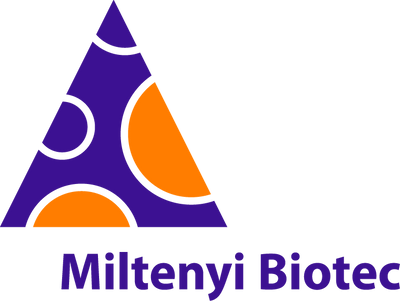
PONG NEURONS: This is DishBrain, an in vitro system that combines human brain cells with artificial intelligence technology, which researchers at Australian biotech Cortical Labs recently trained to play the classic 1972 Atari video game Pong. Fluorescent markers show axons in green, neuron bodies in purple, dendrites in red, and all other cells in blue. Where multiple markers are present, colors are merged and typically appear as yellow or pink. Posted: October 12, 2022
Cortical Labs

SEEDING THE RAT BRAIN: An organoid grown from human cerebral neurons glows bright green inside a section of a rat brain. Scientists recently reported that the human cells matured successfully and integrated with rat neurons via synapses. Posted: October 12, 2022
Stanford University

CILIA BOOGIE: Researchers have discovered that primary cilia (green) on human beta cells in a pancreatic islet actively wiggle, perhaps to help the organ regulate insulin secretion. Posted: October 6, 2022
Bella Melena

AIDING AND ABETTING: Scientists recently suggested that glioblastoma tumors (white) are supported by surrounding astrocytes (teal), which promote the growth and progression of cancerous cells by supplying them with cholesterol and remodeling immune cells. Posted: October 5, 2022
Lior Mayo

SICKNESS ROOTS: Sickness behaviors, such as lethargy and loss of appetite, may emanate from specific neurons in the mouse brain (white). Researchers noted activation of these neurons (zoom on right) after they injected mice with a toxin that makes the animals act sick. Scale bars: 1 mm (left), 0.25 mm (right) Posted: September 23, 2022
Fig. 2D from Nature, 609:761–71, 2022. CC BY 4.0





